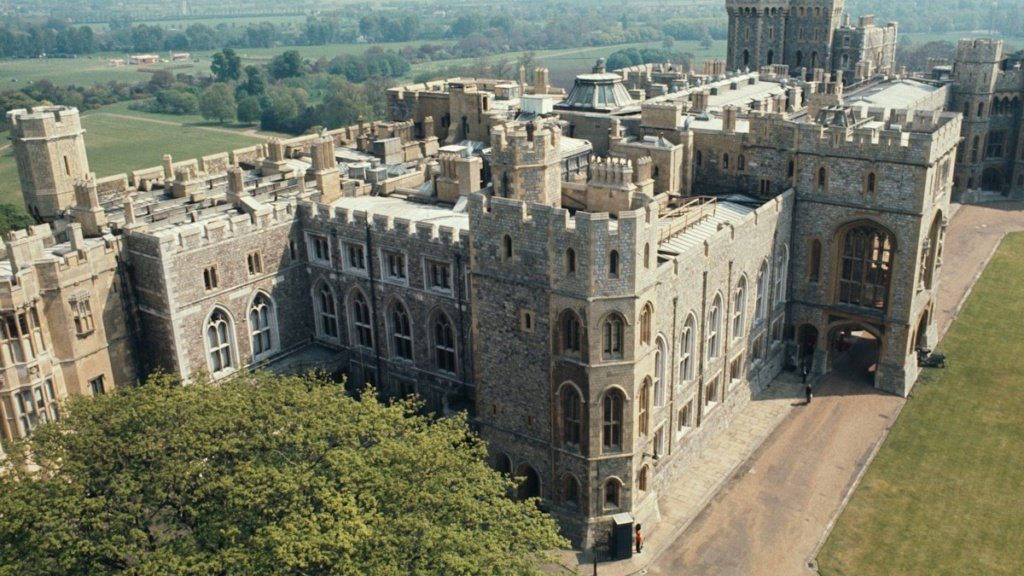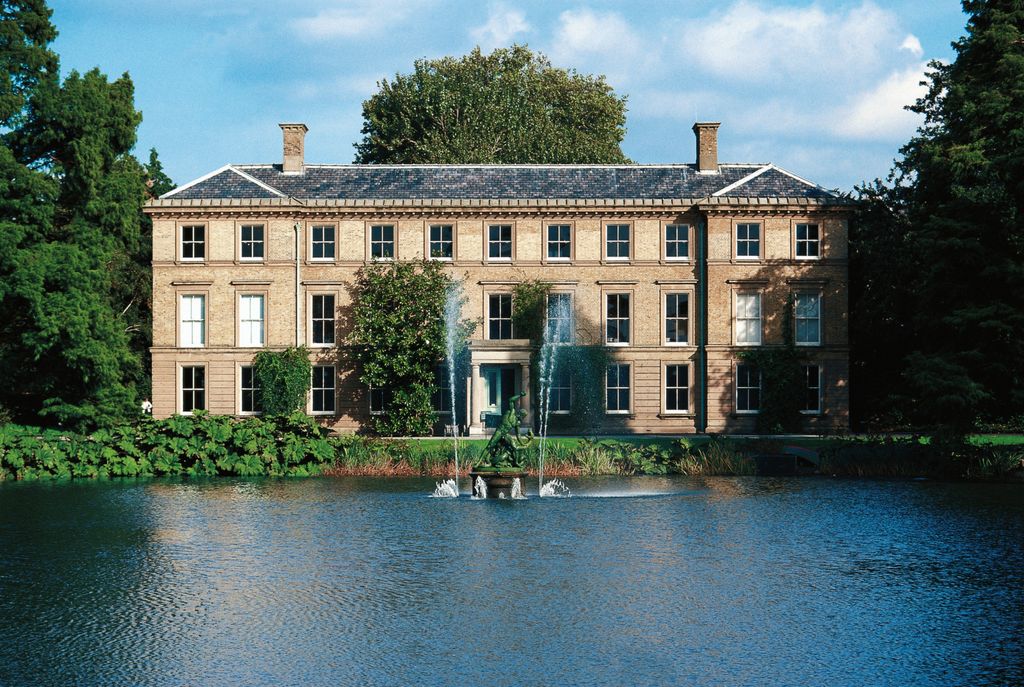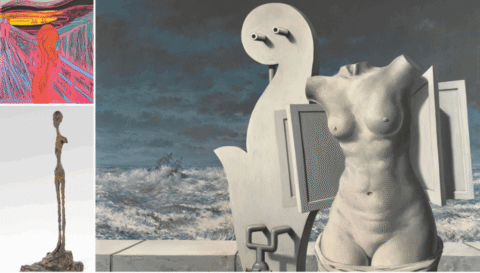Windsor Castle is adding a new statue to its impressive line-up and this one deserves a hero’s welcome. Returning to the royal family after being out on loan for the last six decades, the latest piece of bronze artwork to enter the castle is a replica of Greek hero Hercules. The statue will join the other 2000 works that include elaborate paintings, life-like busts and even Queen Mary’s doll’s house. Leaving its current home at the Royal Botanic Gardens, the statue of Hercules and Achelous stood at its post in Kew, Richmond for almost 62 years.
For over half a century, the nearly four metres tall bronze effigy was pride of place in the middle of the UNESCO World Heritage Site and sat in front of the Victorian Palm House, surrounded by fountain jets. However, the artwork was removed without explanation by the Royal Collection Trust, a charity who owns the statue, and it was announced it was headed for King Charles‘ castle in Windsor.
A spokesman for the RCT outlined: “It was agreed between Royal Collection Trust and Royal Botanic Gardens, Kew, that the statue of Hercules and Achelous and the Coade stone vase would return to their historic location at Windsor Castle in autumn 2025, having been on loan to Kew since 1963.”
They went on to add that while the statue would be on public display at the castle, no further details were available as of yet and that the trust “would not go into detail about the decision-making process”.
Despite the fact that the statue won’t be hidden away from view, members of the public who visited the statue in Kew expressed their disappointment at its removal. A local councillor to the area told The Times: “It’s just sad. It was a beautiful, impressive statue that was just right for the size of the quite significant lake.” He continued: “It’s just rather sad that it’s gone. And now we’ve just got a blank pedestal and it just looks a bit sad really.”
A star is re-born at Windsor
Cast by Charles Crozatier in 1826, the statue was originally made using recycled cannons and was lent to the iconic London-based gardens as a gift by the late Queen Elizabeth II in 1963. The scene depicts the nude demigod as he wrestles a large snake between his legs with his muscular right arm raised in the air, poised and ready to strike.
While its new location is still unknown, the statue was previously placed on the North Terrace at Windsor Castle. It was also seen at the East Terrace garden pond from 1909 and at Hampton Court Palace before it made its journey to Kew. Since settling in the gardens, the statue has become a focal point of the heritage site’s annual Christmas lights show.




